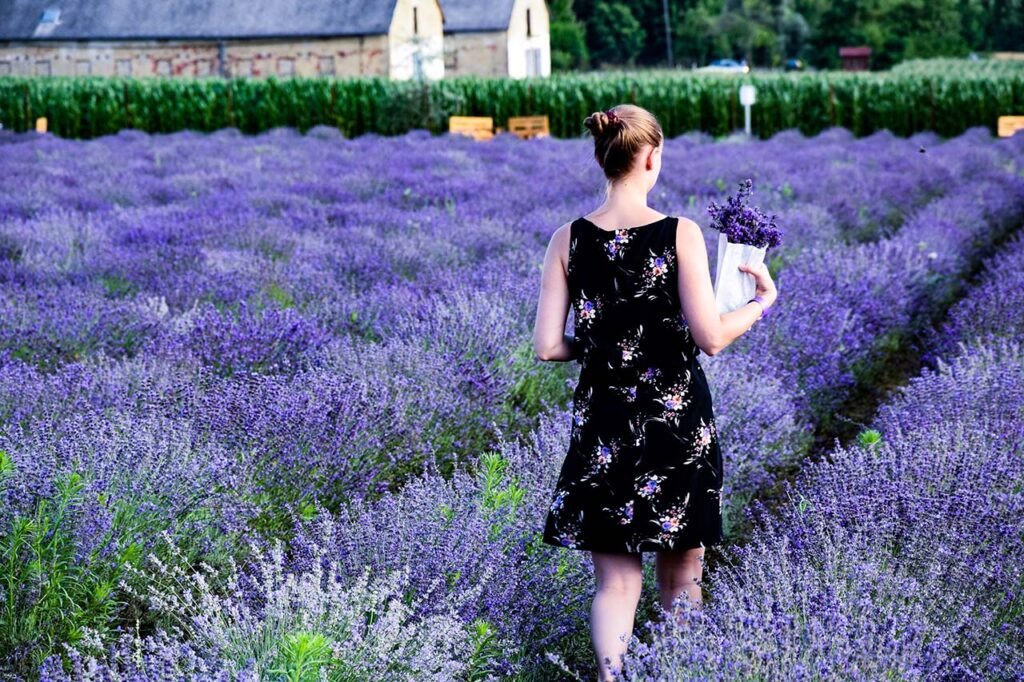Table of Contents
English Garden Style
The English landscape garden emerged in England around the 18th century. This style replaced the symmetrical and formal garden style all across Europe too. The key concept was taken from the paintings to form a picturesque view of the garden. Vertical gardens were not in trend.
Characteristics
- The garden style has a lake or a pond which is artificial but gives a natural looks and mirrors the neatness of the landscape.
- The garden is sweeps of lawn spread across, with mounds and clumps of trees in nooks and corners.
- Sculptures are large and detailed and can be spotted from a distance.
- Ruins, natural stone, bridges and temples are an essential part which distinguishes them from other garden styles.
- Grottos, a romantic cave, is built to resemble a cave.
- Ha ha wall- to separate the garden from grazing land.

Example
Chiswick house and gardens
French Garden Style

The French Garden style is a formal type with the concept of order over nature. The garden follows a cool and calm, symmetrical style, with every element arranged in an orderly fashion.
The epitome of this mathematical approach is the gardens at the Palace of Versailles. The gardens were planned but nowadays there are a variety of other types like terrace garden design or vertical garden.
Characteristics
- A neat garden space considering the perspective and optics principle.
- A terrace overlooking the garden
- Vegetation is organised and is directed in a pattern. The trees and flower beds are at a particular height and trimmed.
- The flower beds are in a geometric shape like oval or rectangular to make it look neat from the interior or terraces
- Stone garden elements like sculptures, columns or pathways or along the pathways to create a lavish look. Stone elements around the pool or water body to enclose the pool.
Mughal Garden Style

This landscape style is inspired by the Persian Garden style and follows a harmony between nature and other elements, forming a mesmerizing landscape. In India, this is the most famous and historic type of garden style inhabiting major important buildings like the Taj Mahal and Rashtrapati Bhavan. The distinguishing feature is of symmetrical rectilinear layout with the axis.
Characteristics
- The layout is rectilinear with a central axis following a systematic approach. The approach is rigidly formal with the concept of Char bagh.
- The vegetation in the central is low will high planters at the periphery, so the focus is clear.
- Water body is usually running and a dividing element. Another element which is stone chadar , a stone or marble chute.
- Chabutara is for resting, and baradari is an element with 12 doors for effective air flow.
- Types of Mughal garden are:
Tomb garden design
Terrace garden design
Palace garden design
Plain garden design
Example
Mughal Garden Style- Rashtrapati Bhavan
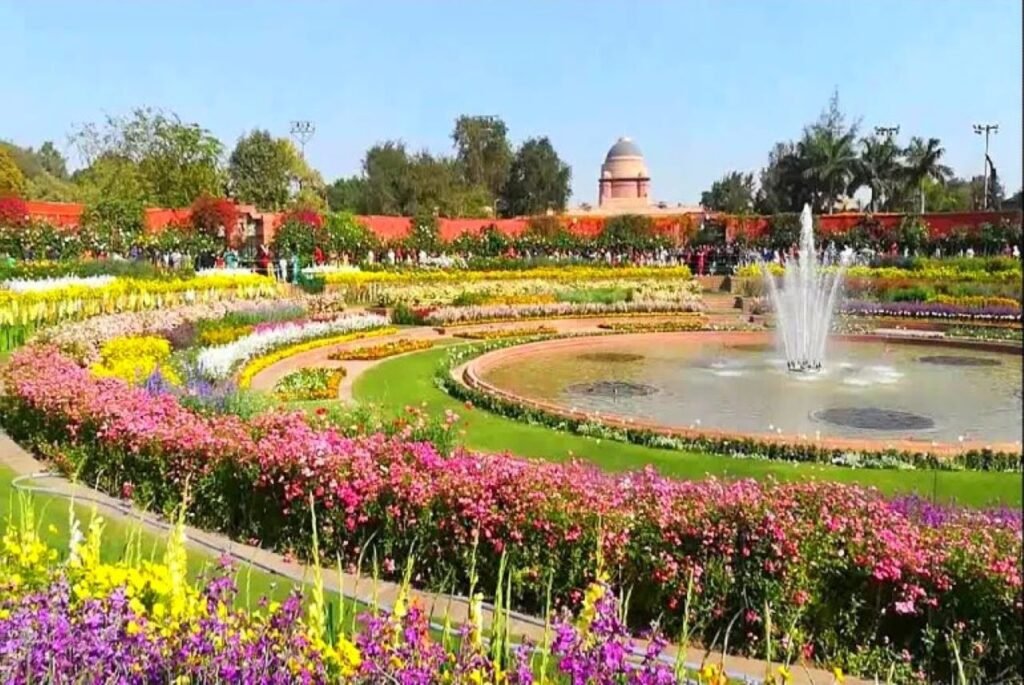
Pinjore Garden, Panchkula
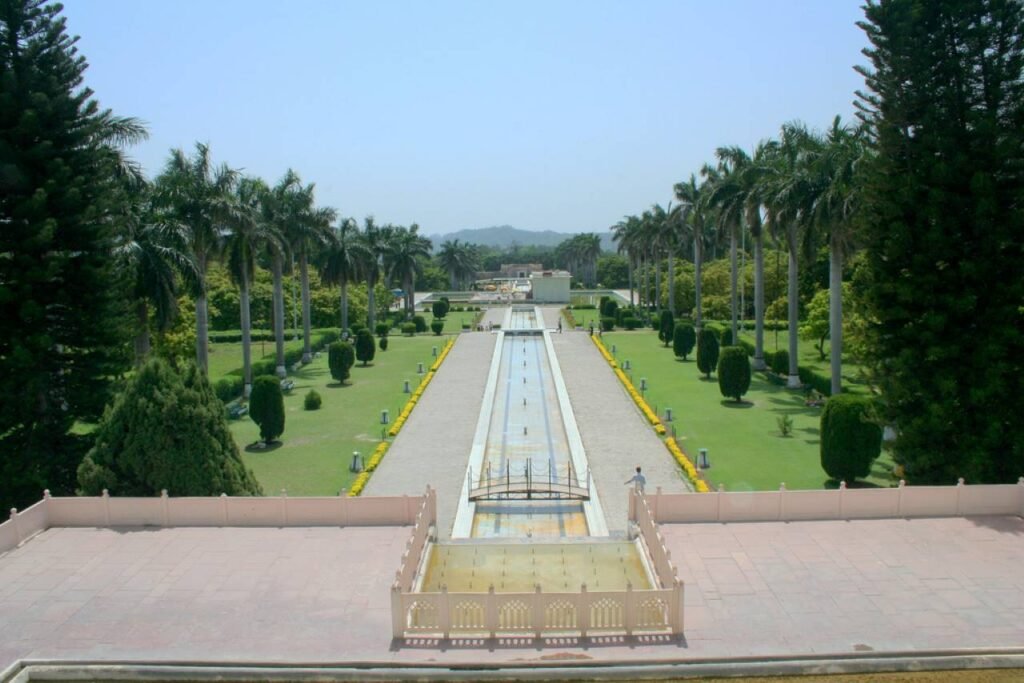
Japanese Garden Style
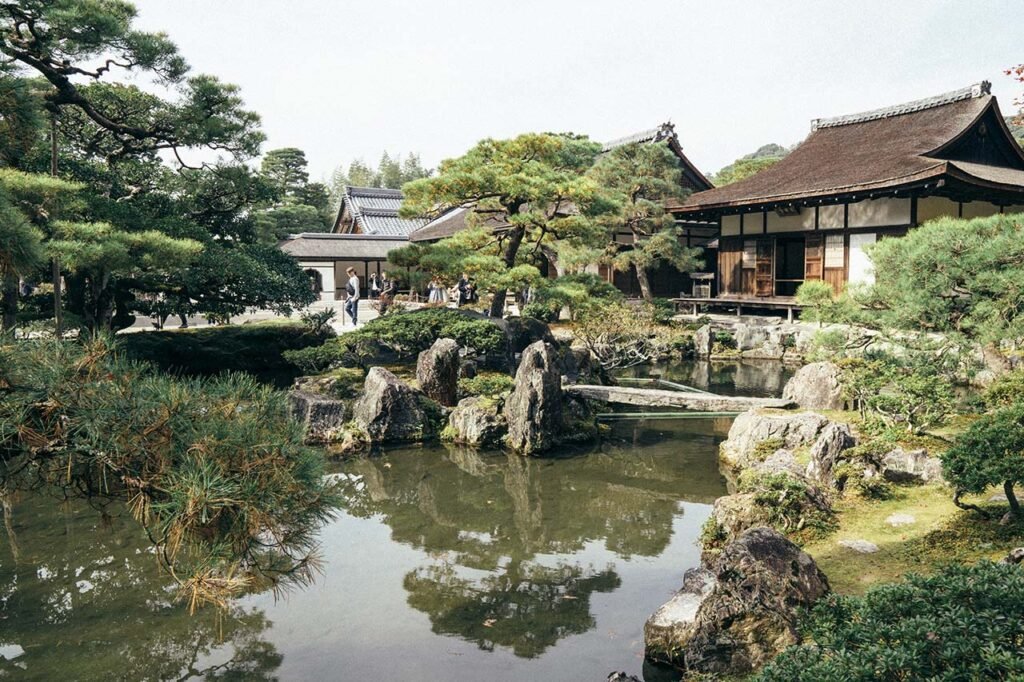
Japanese garden style is based on traditional practices which avoid ornamentation and believe in the natural process. Japanese gardens are highly influenced by the Chinese garden style and Buddhist culture. These can be classified in basic three types:
- Dry garden-karesansui
- Tea garden-chaniwa
- Hill garden-tsukiyama
Characteristics
- This landscape style always has a water body, like a pond or fountain or a representation of water by white sand. In Buddhist symbolism, it represents ying and tang , water and stone which compliments and complete each other.
- In its original form, a dai doro, a stone lantern, which represents the five elements of Buddhist cosmology, is another feature.
- They are asymmetrical and don’t follow any axis, but are balanced properly and form harmonious complementing features.
- Stones are integrated into Japanese gardens in a natural form.
- Rock, sand and gravel are an essential feature, which represents Mount Horai or Mount Sumeru
Chinese Garden Style
The key concept is to form a harmony and relationship between nature and man. The Chinese garden style landscape is connected with zig zag pathways and creates a sense of curiosity with new scenes slowly unfolding like a series of paintings.
Characteristics
- Bridges made of timber, wood or stone slab are an essential feature which are zig zag and also called nine-turn bridges.
- The central element is the pond with lotus flowers and a viewing pavilion .
- Moon gate, which is at the entrance or in between the pedestrian pathways, is a semicircular gate and has a different spiritual meaning for every tile on the gate.
- Borrowed scenery that incorporates background landscape in the composition of a garden.
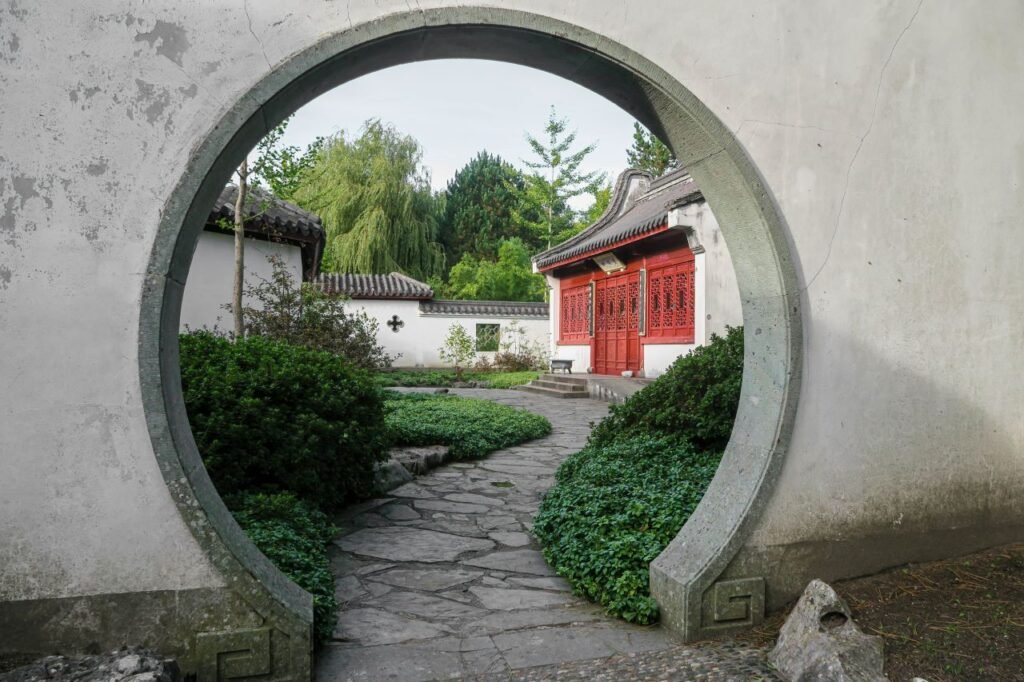
House Garden Design
There can be different garden which can be designed at homes. Depending on the needs and ideas, the house garden design styles can be chosen.
Vegetable Gardens

Vegetable garden style has a lot of benefits apart from being aesthetic. It can be grown in a small space and as per the needs of the kitchen. They can be grown with a lot of fun and enjoy the fruits of labor. This can also be an initiative to help save the environment. The vegetables can be grown in containers and one by one.
Indoor Gardens
There are different plants which are suited for indoor house garden design. Some may require direct light or indirect light and should be placed accordingly. Some indoor plants are spider plant, money plant or snake plant and many more. They can be placed near the window or used as decor pieces.
Therapeutic Gardens
Gardening, in general, is a very relaxing activity. Each plant has a magic of its own. Some plants like lavender or mint or lemon have the tendency to make the person in the garden relax and these plants are used as anti-depression or anxiety and can be used for house garden design. These fragrances of lavender are used for aroma oil can make a person refresh.
Succulent Gardens
Succulent gardens are of varied types- outdoor, indoor, potted or even terrariums or even in terrace garden design. These are ideal for warm and hot climates. The key aspect to consider is the type of soil and moisture level in the area. Plants like cacti, jade plant or aloe vera are succulent plants and need about 6-7 hours of sunlight. They are of different sizes, textures and colours.

Vertical Garden

Fairy Gardens
Fairy gardens are designed in miniature form with diminutive plants and small accessories. These can be designed as indoor or outdoor or terrace garden design plants and can be used as a fun activity for kids.
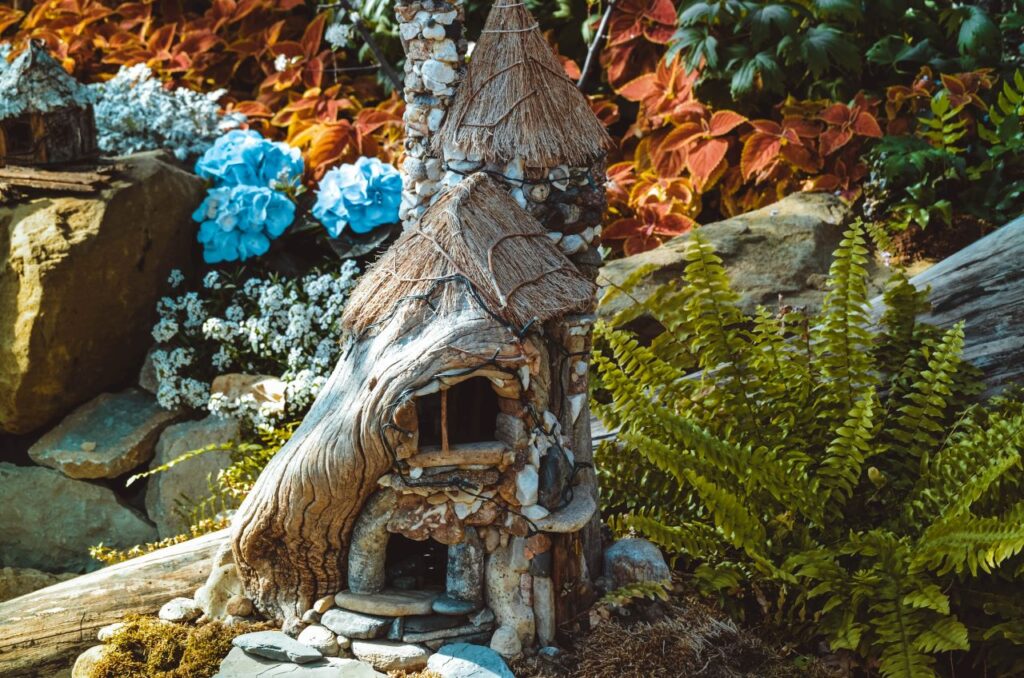
Roof Garden Design
Roof garden or terrace garden can be started by planting in small containers – big or small, or planters or beds and using all kinds of different plants. Elements like patio and seating can be added to make the place better.

Essence
Gardening is not just limited to these styles, a home garden design can be a personal space with an individual’s desire and budget. There are multiple types of plants- flowering, seasonal, succulent or indoor, each with their own personality. So, try to mix and match and make your own customised garden and embrace it.
